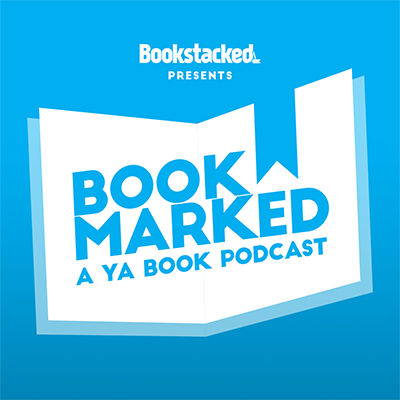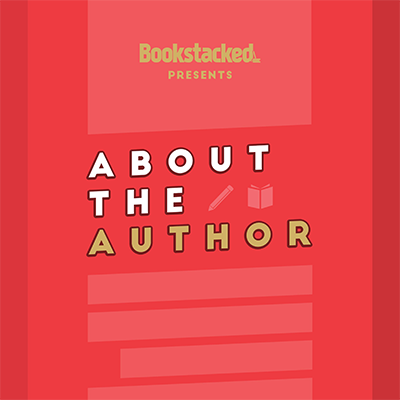While having an incredibly diverse cast and an initially interesting premise, this fairytale retelling struggled to find its spark.
From the Blurb:
It’s 200 years after Cinderella found her prince, but the fairy tale is over. Teen girls are now required to appear at the Annual Ball, where the men of the kingdom select wives based on a girl’s display of finery. If a suitable match is not found, the girls not chosen are never heard from again.
Sixteen-year-old Sophia would much rather marry Erin, her childhood best friend, than parade in front of suitors. At the ball, Sophia makes the desperate decision to flee, and finds herself hiding in Cinderella’s mausoleum. There, she meets Constance, the last known descendant of Cinderella and her step sisters. Together they vow to bring down the king once and for all – and in the process, they learn that there’s more to Cinderella’s story than they ever knew . . .
It always hurts to walk away from a book feeling disappointed. And then, there’s walking away disappointed from a book with as gorgeous a cover as the one Cinderella is Dead is blessed with.
When it comes to dark, gloomy retellings, I’m a big fan. I adore books like Dorothy Must Die and Cinder, which took the stories of age-old tales and turned them into wholly transformed narratives fit for modern audiences — admittedly, usually with a hefty addition of romance and teenage-angst. So, when I first picked up Cinderella is Dead, I was hoping to encounter a similar experience. I mean, if the idea of Cinderella‘s original tale being used as a weapon for a tyrannical, dystopian patriarchy to excuse its oppressive behavior isn’t an interesting one, then I don’t know what is. Unfortunately, it seems the idea behind Cinderalla is Dead is where the interest starts…and stops.
From the get-go, it’s clear this story isn’t a light one. As soon as the first chapter began, I was plunged head-first into a world of strife, misery, and a good dose of widespread misogyny. While you might expect this book to take place in modern-day society based on that description alone, it very clearly states itself as a retelling early-on — and a twisted one at that. In fact, Cinderella is Dead is special in that it isn’t exactly a retelling you’d expect, with the same plot points and characters as the original. Instead, Bayron creates an entirely new world set 200 years after the original events of Cinderella.
As you might expect, Sophia is your typical girl forced to live a life she doesn’t want by an ever-powerful governing force. To make matters worse, her society is completely run by malicious, repulsive men who have far too much power in their hands (sound familiar?). While Cinderella is Dead succeeds in reflecting some of our current real-world struggles, what it fails to do is apply these themes into a story compelling enough to merit their inclusion.
It didn’t take long for me to realize why I was struggling to connect with the plot: there wasn’t exactly much of one. While the first half of the book sets Sophia on a journey filled with the potential for greatness, the story never really extends past a relatively safe and uninteresting cycle of events. After openly defying her oppressors, most of what Sophia does while on the run is ultimately uneventful, and does nothing to push the story forward. From overly-long knife training scenes to short adventurous excursions that don’t result in anything meaningful, I found the better half of Cinderella is Dead to be dragged down by filler.
That’s not to say there aren’t times when I saw some spark. However, these usually fizzled out quickly, leaving me even more desperate to see the novel’s potential realized. One of these moments resided in the diversity, which absolutely knocked it out of the park with four queer characters and racial representation, (I mean, look at that cover!). As happy as I was to see this inclusion, diverse identity was as far as these characters went when it came to holding my interest.
From characters vanishing after being introduced in the first few chapters, to a villain who was so melodramatically evil it was hard to take anything he did seriously, I struggled to connect with any of Cinderella is Dead‘s characters. Sophia doesn’t go far beyond the typical headfast and rebellious teen fighting against a dystopian world. While there’s nothing wrong with that character type, hers wasn’t fleshed out enough to set her apart from any of those other typical, one-dimensional heroines. In particular, the romance she forms with Constance lacks any true chemistry, which proves that — as much as I hate to admit it — even gay romances aren’t immune to the bane that is insta-love.
Ultimately, the main drive behind Cinderella is Dead‘s story all comes down to its themes. Any reader will connect to the oppressive patriarchal regime presented throughout the novel, and the struggles that its women characters face in fighting to break down these constructs. In fact, one of the closest fictional parallels Cinderella draws is with The Handmaid’s Tale. But while these themes are timely — and important! — Cinderella is Dead struggles to warrant interest past these ideas.
Essentially, I felt as if the book was a neverending cycle warning about the dangers of oppression and misogyny…with a plot on the side. At some point, it became far too much and left no room for the proper story or character development. Where feminist YA novels like The Grace Year and Girls With Sharp Sticks took the same thematical elements and incorporated them into exciting storylines fit with compelling characters, Cinderella is Dead was too bogged-down by an overemphasis on such messages.
All in all, I can tell Cinderella is Dead was a story written with true passion behind it. For a debut author, Bayron’s writing remained consistently good throughout the novel, and I think I’ll be sticking around to see what she comes up with next. Still, despite being backed by an exciting idea, valuable themes, and filled with much-appreciated diversity, I’m afraid Cinderella is Dead is another novel drenched with potential that simply failed in execution.









Yes! I’m so happy someone finally said this! Cinderella is dead is a book I really wanted to like, because of the diverse cast, the queer representation, and because the idea seemed really cool! But you were never actually able to connect with the characters, and I agree that Sophia and Constance didn’t really have any spark. Even though it wasn’t much that happened, it somehow felt rushed and disingenuous.